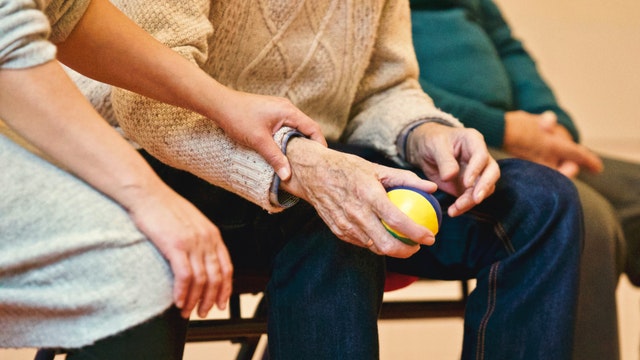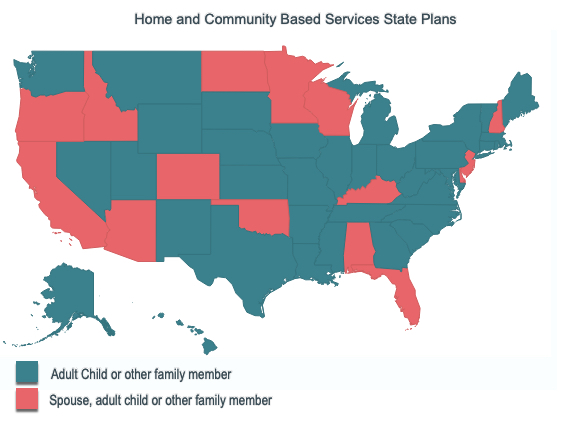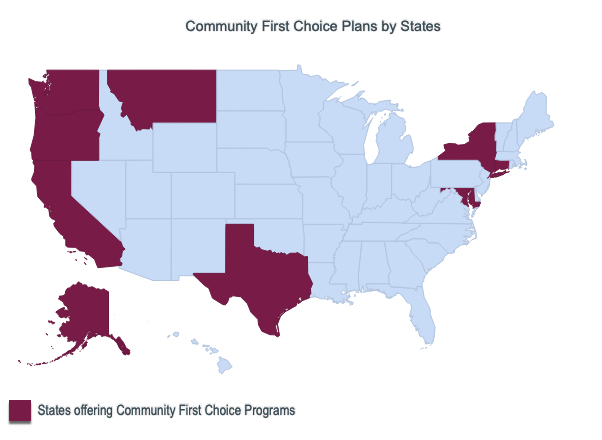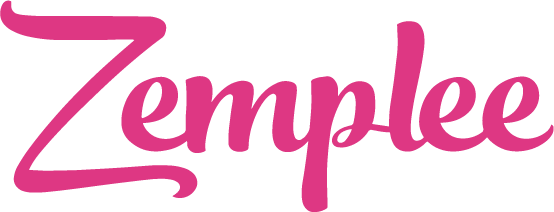
This article provides references and information on four important ways families can get paid to care for an elderly parent. In our previous blog, we discussed the cost of providing 24X7 care.
U.S. health care spending grew 4.6 percent in 2019, reaching $3.8 trillion or $11,582 per person. The rising cost of medical care combined with inflation and increasing cost of living can strain many families who take up the responsibility of caring for an elderly parent or loved one. Family caregivers often need to maintain a day job to support their own financial needs and additionally cover discretionary expenses for their aging family members.
The unpaid caregiver burden in the United States is estimated to be about $250B. About 80% of aging-at-home elderly depend on family members such as a spouse, adult children, friends, or relatives for their caregiving needs. Caregiving can vary from simpler activities of daily living to managing complex conditions like people suffering from Dementia, Alzheimer’s, and other chronic conditions.
Many states in the United States offer a variety of programs that pay families to care for an elderly parent or loved one. A family caregiver can get paid through Medicaid and state-level plans as long as the elderly person meets the eligibility criteria. These criteria start with functional and financial ability but can include a host of medical, non-medical conditions, mental and intellectual abilities. The pay closely follows the minimum wage limits set by the state. As a comparison, hourly pay for professional caregivers ranges between $14 to $21 depending on their skills, qualifications, and experience.
Below is a list of different types of plans under which caregivers can get paid for caring for an elderly family member.
Home and Community Based Services State Plans
Under this program, all States and the District of Columbia, under Federal guidelines offer assistance to consumers who prefer to receive long-term care services in their home and community-based setting as opposed to an institutional setting.
According to this report from Kaiser Family Foundation, it is estimated that over 2.5M individuals receive HCBS through the different plans and waivers programs available nationally and through state plans. Under the HCBS program, care recipients are allowed to choose their caregivers.
Participants in HCBS can recruit their adult children, relatives, or family members to be care providers. Typically, an adult child or a designated caregiver gets paid through this program. Many states also allow for spouses to be paid through this program. See the chart below for an overview.

Community First Choice (CFC)
The Community First Choice – also known as the 1915(k) state plan option is another way that pays families caring for their parent or loved one. This plan allows for care recipients who need institutional level care such as that offered in nursing homes to get personal attendant services to help with Activities of Daily Living(ADLs) and Instrumental Activities of Daily Living(IADLs). Care may be provided by family members and friends.

Self-Directed Personal Assistance Services (PAS) State Plan Option
This program is also known as the – 1915 (j) authority – under HCBS. Under this program, states can offer individualized budgets to the care recipients. Recipients then chose their own level and type of care based on their needs. Care recipients receive cash. The care recipients then work with fiscal intermediaries who assist in recruiting the caregiver and also handle the financial aspects of the caregiver employment – which ranges from managing payroll, paying taxes, and more. Program participants can determine the budget and rate of caregiver pay.
Family caregivers qualify under the PAS State Plan program. The downside of this plan is – eligibility restrictions. Normally, people already participating under the 1915(c) waiver services can consider this option. There is also a limit on the number of individuals who qualify. While some states offer this statewide, often, these are limited to only certain parts of the state.
It is best to check with the state’s Medicaid administration department on the availability and terms of this program.
Home and Community Based Services Waivers
Home and Community Based Services (HCBS) or 1915(c) waivers are Medicaid waivers and may not be available in all states. These waivers are restrictive and generally not part of other entitlement programs. There are limits on the number of program participants. They also have a lengthy waiting list. Some waivers allow for self-direction and participants can recruit family members and friends to be caregivers. Additionally, these waivers also offer alternate services such as adult day care and respite care. Caregivers of persons can use these services to take breaks from providing care.
Are you using any of these plans or programs to help you or someone you know get financial support as a caregiver? Please share your experiences in the comments section below.
Most states offer well-appointed plans and options to help you manage your caregiver responsibilities. Since these plans periodically change we recommend you check for the latest updates to these plans on CMS.gov and Medicaid.gov. In addition, regularly consult your state’s Medicaid administration department or other local agencies for updated information.
Photo by Matthias Zomer from Pexels

